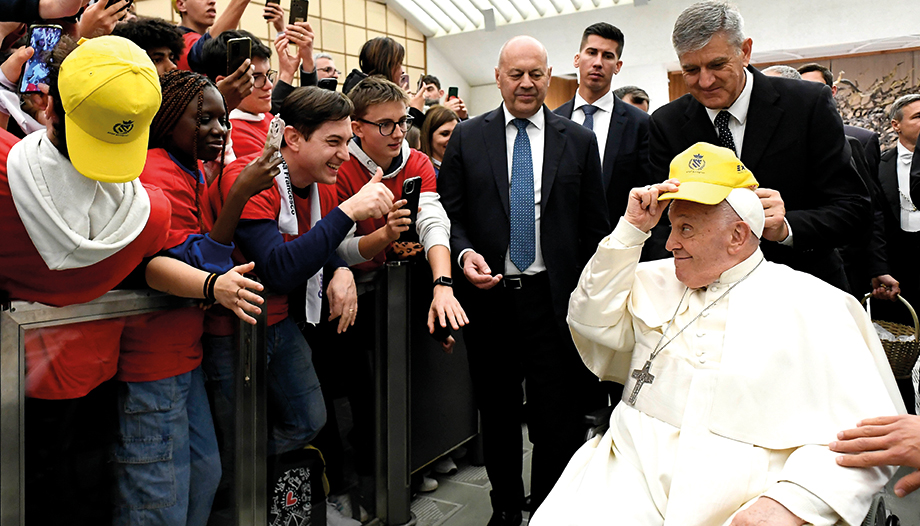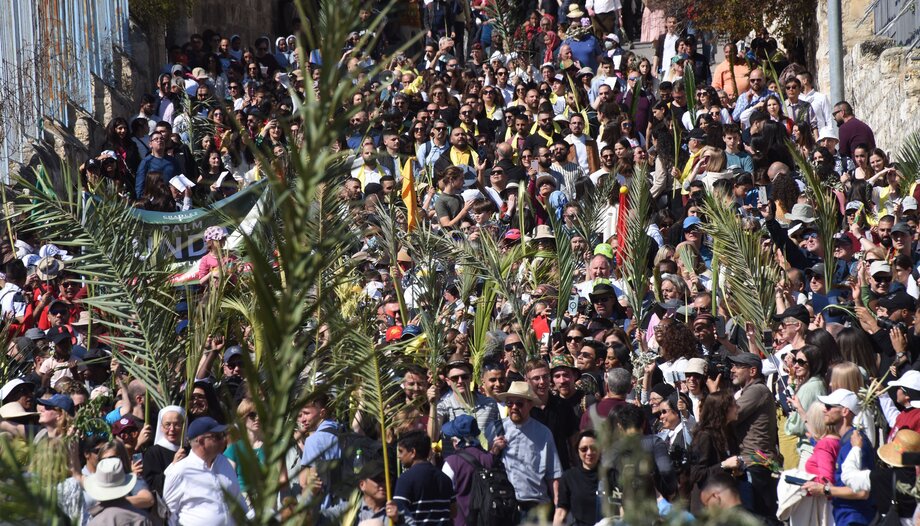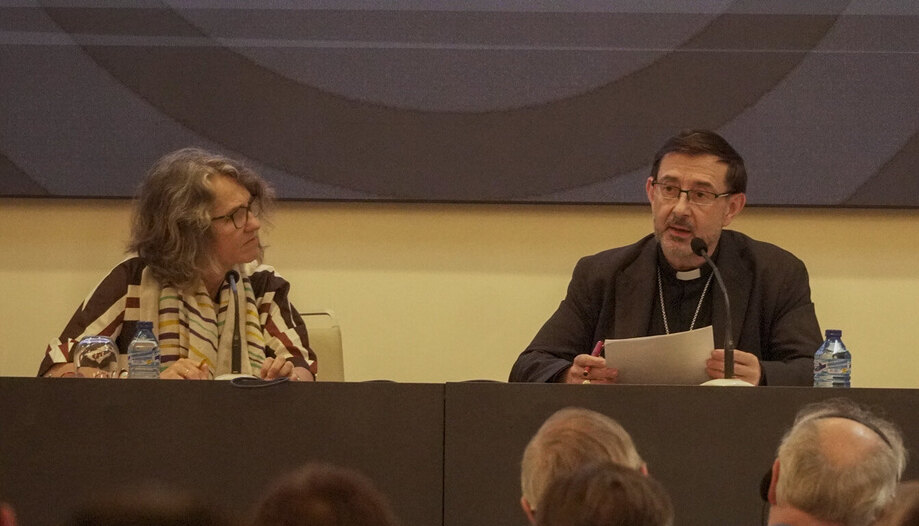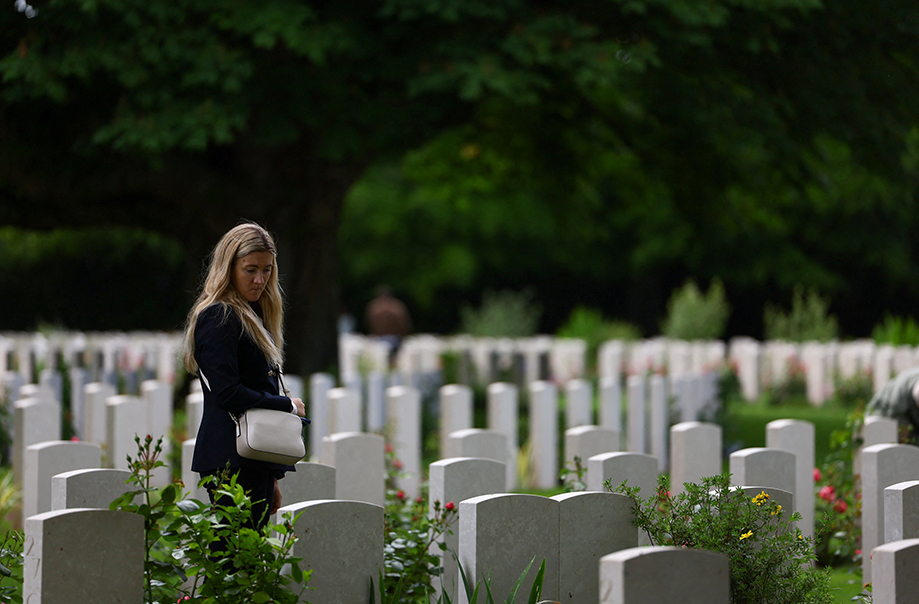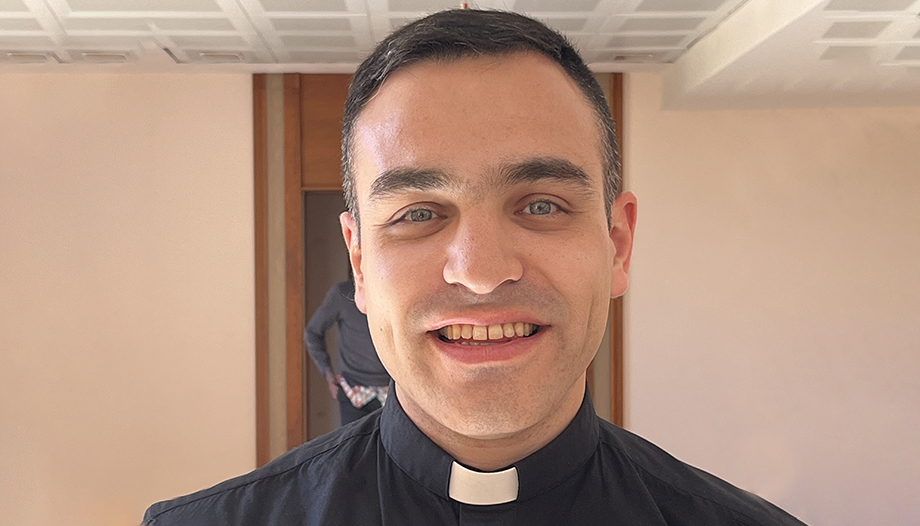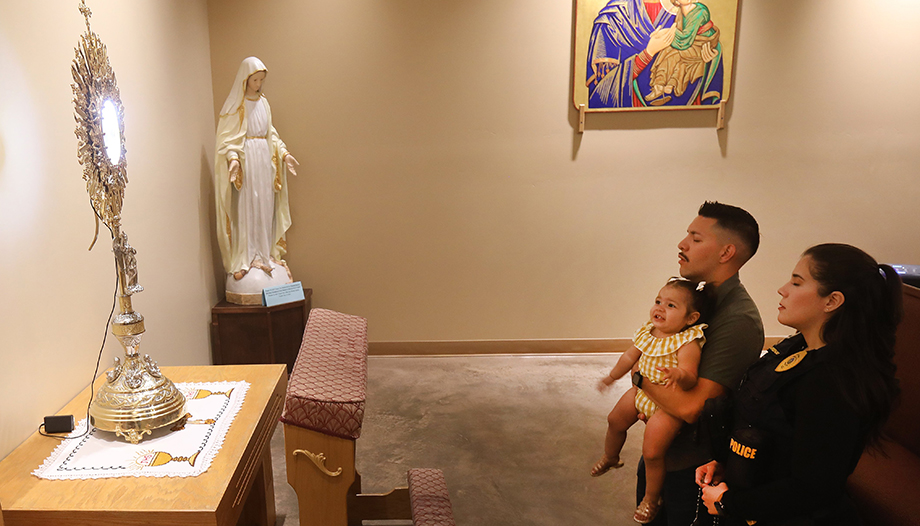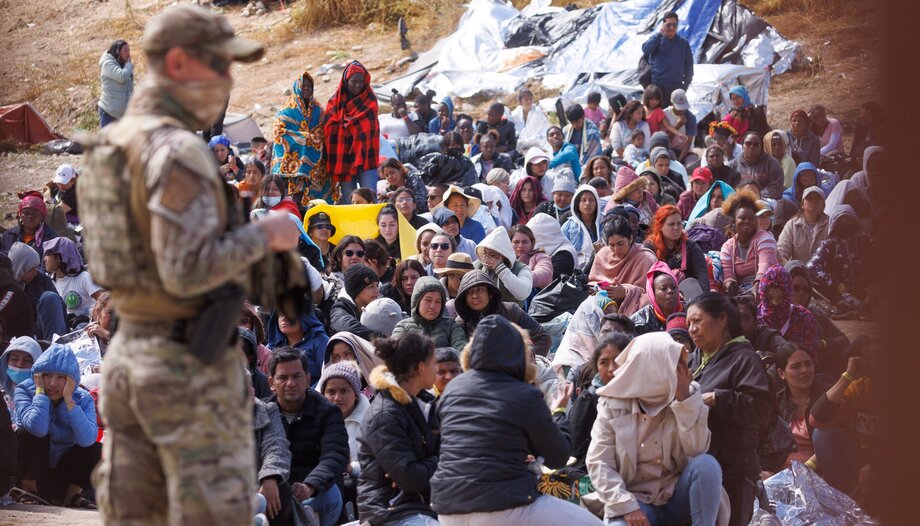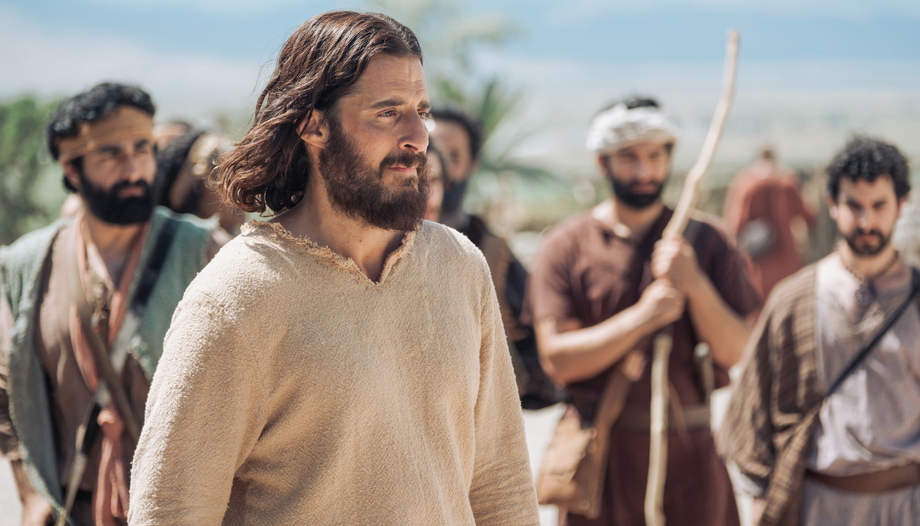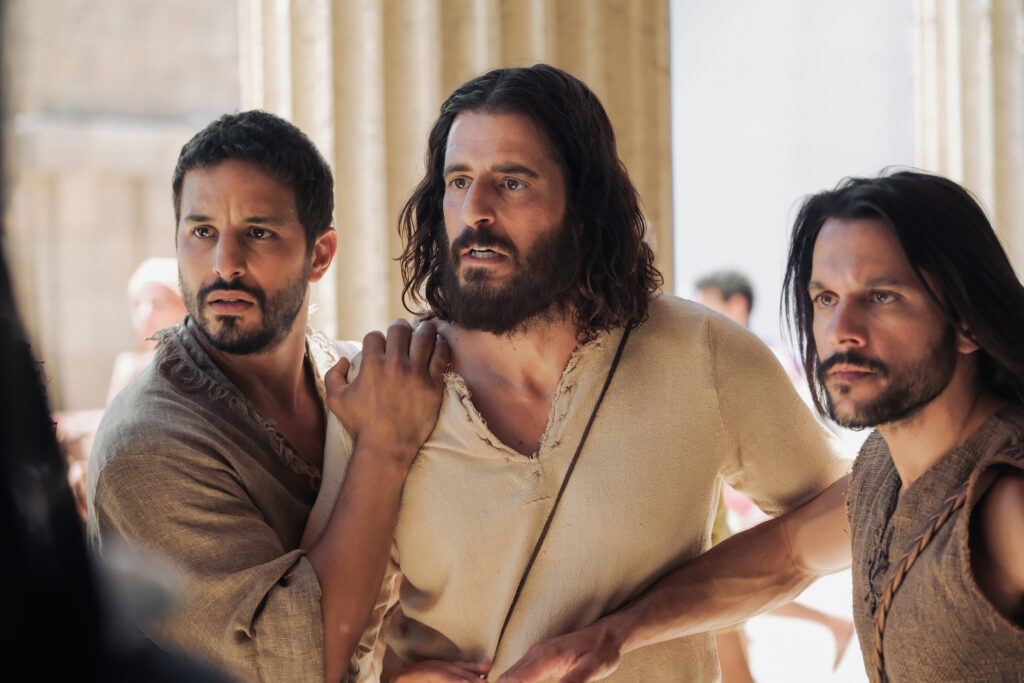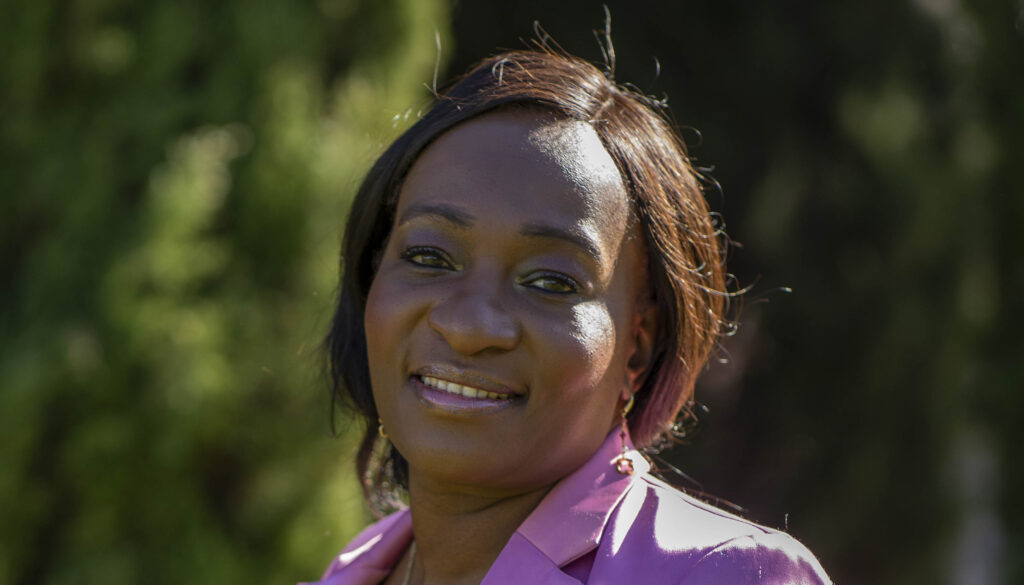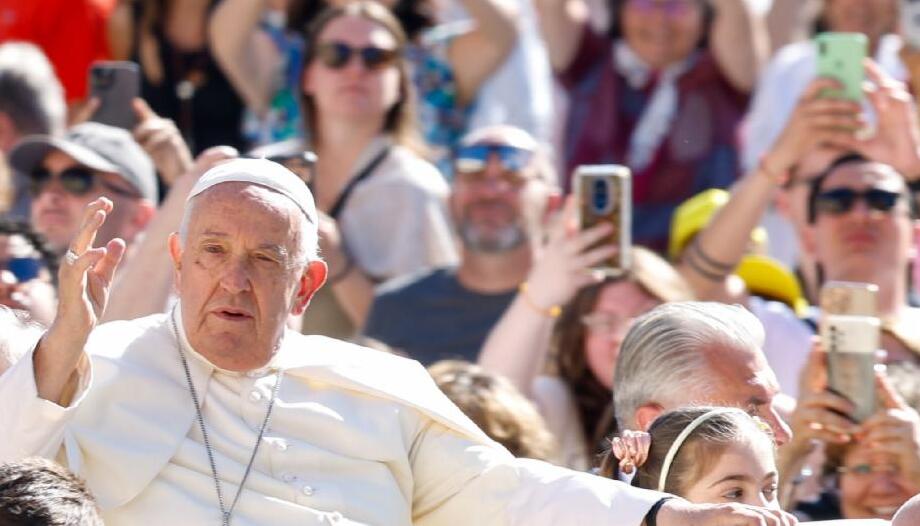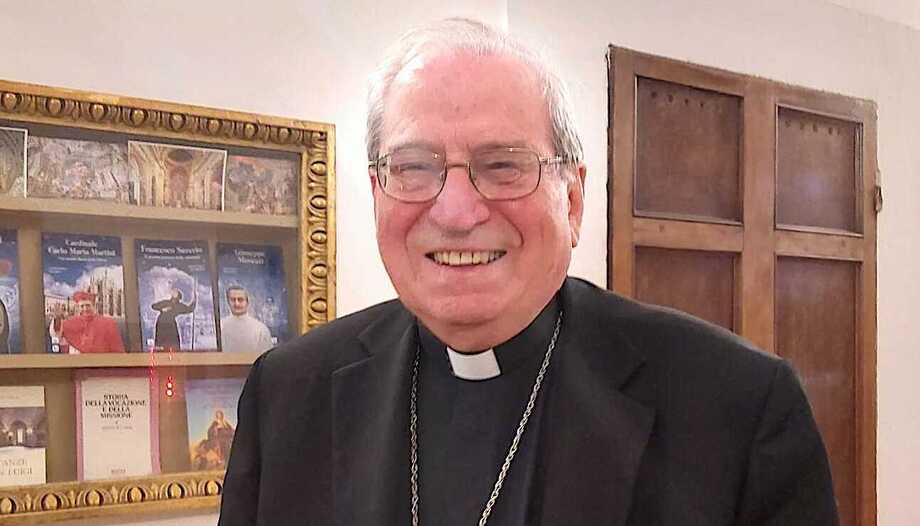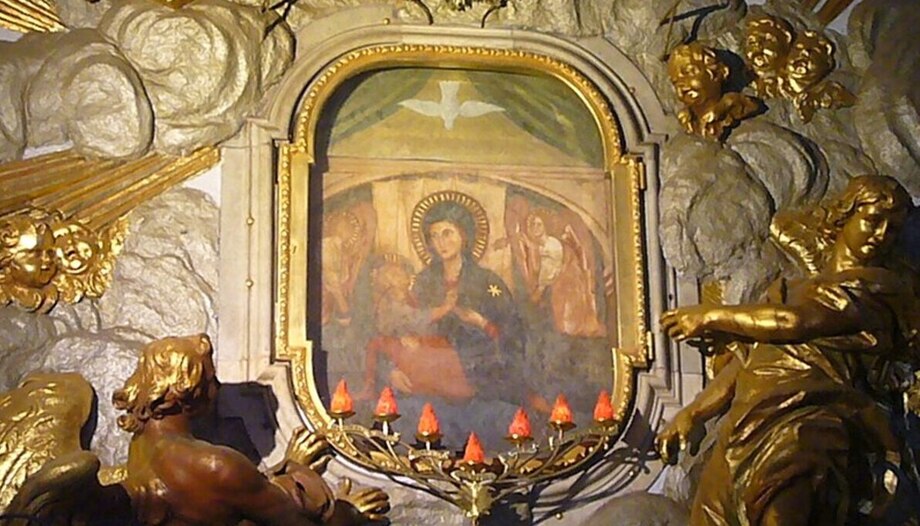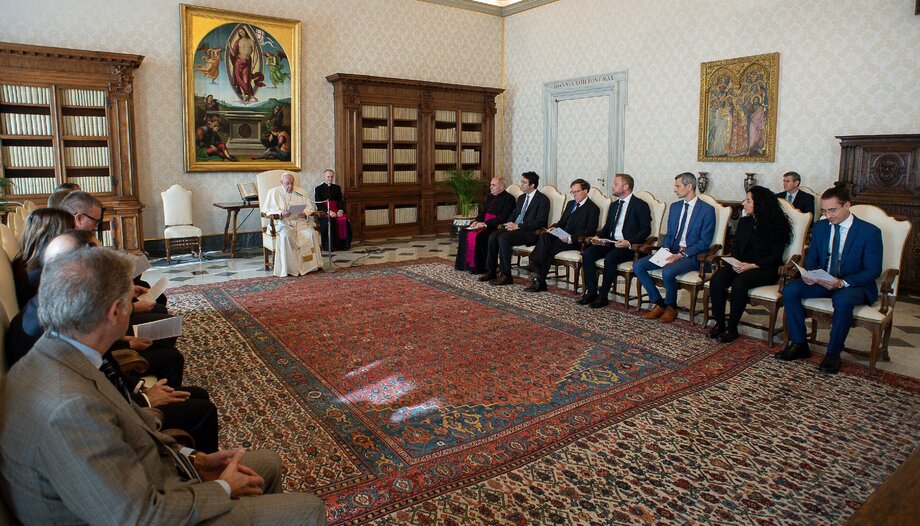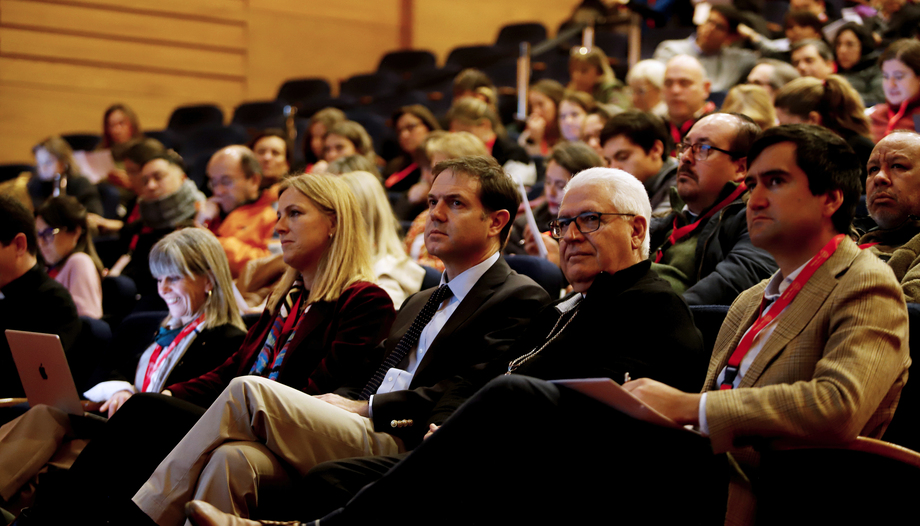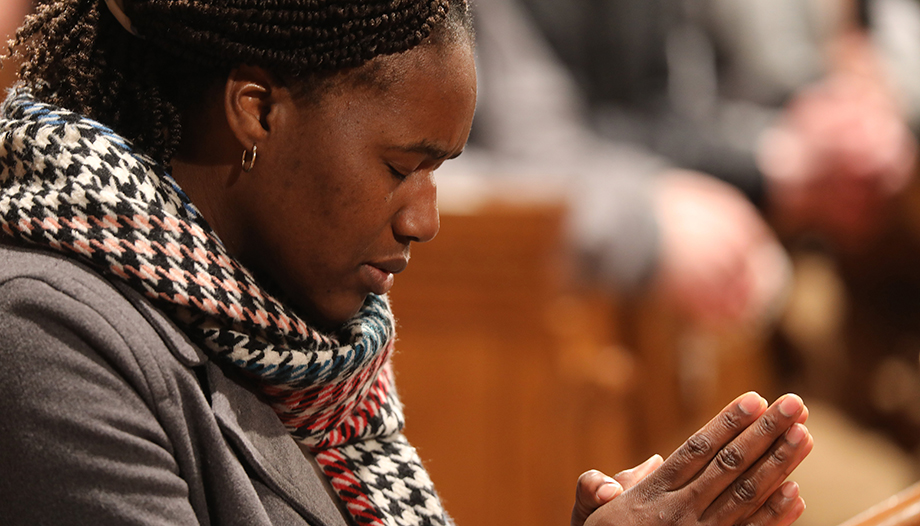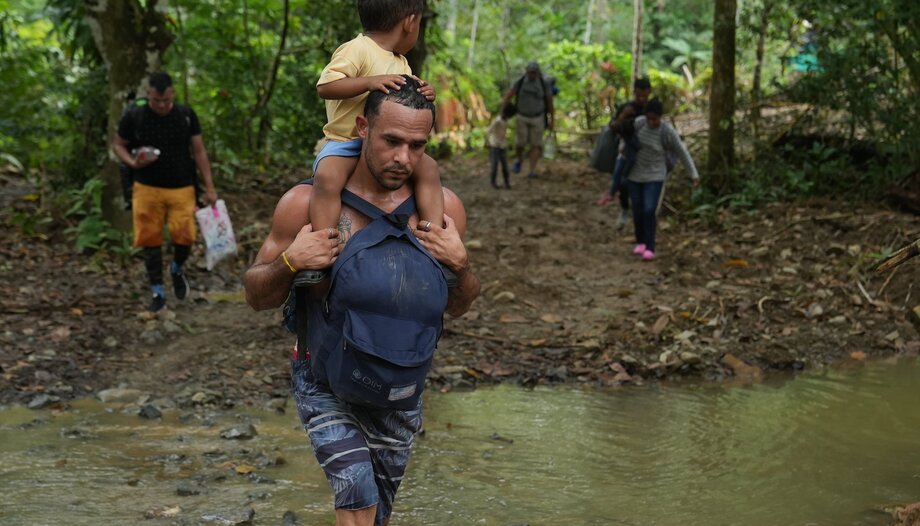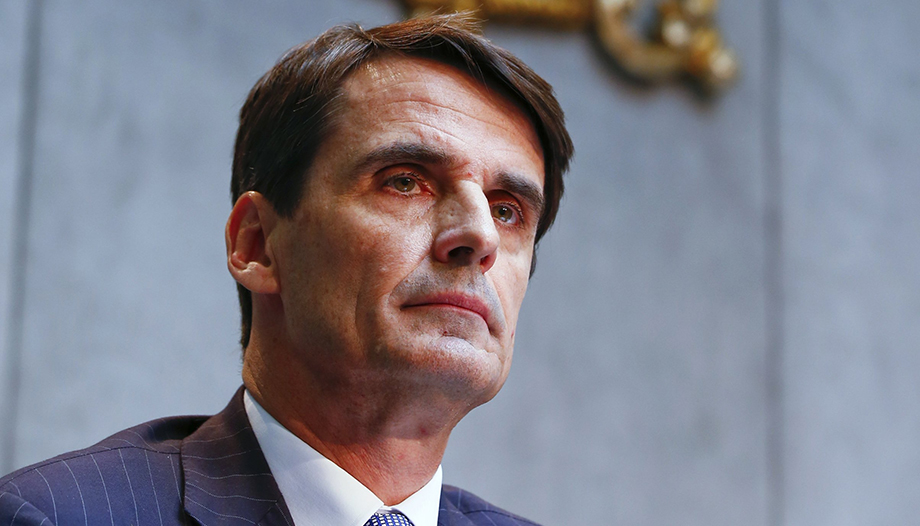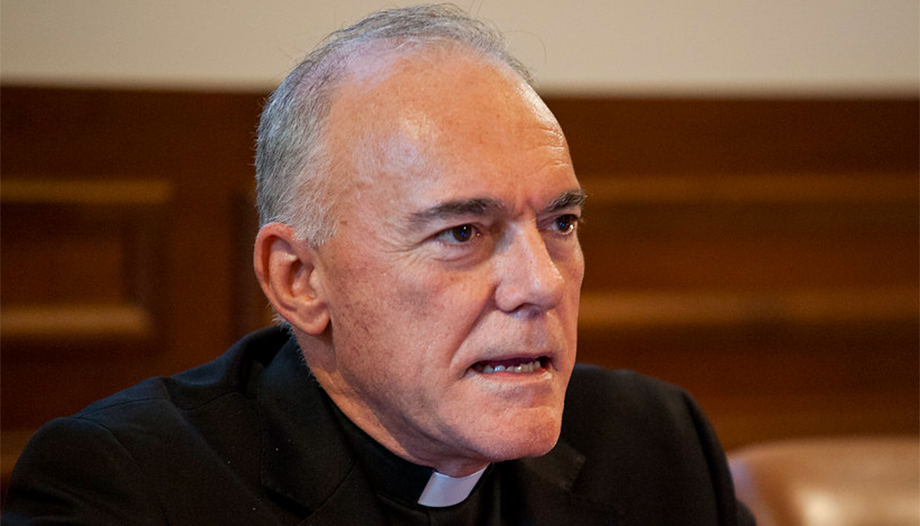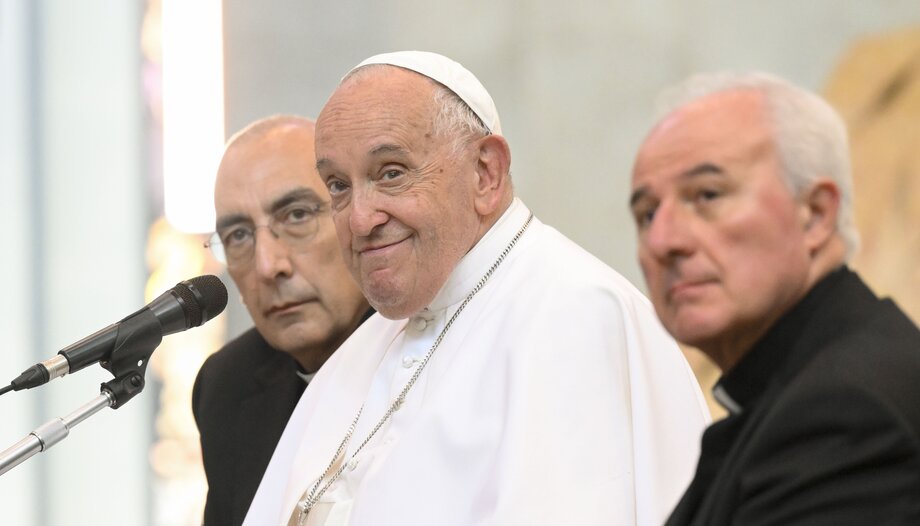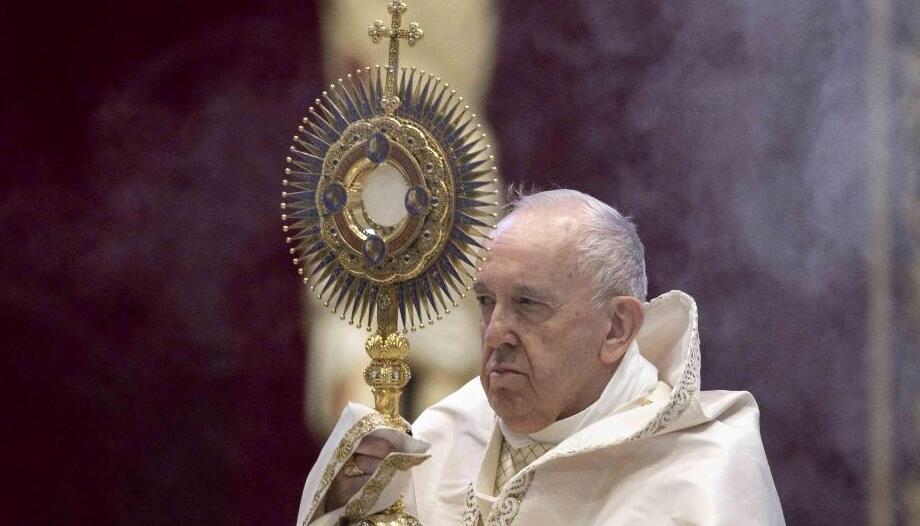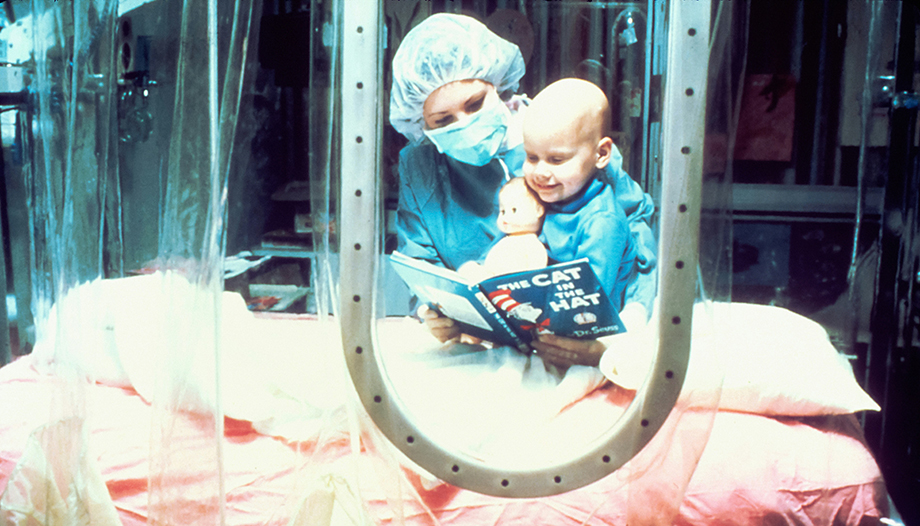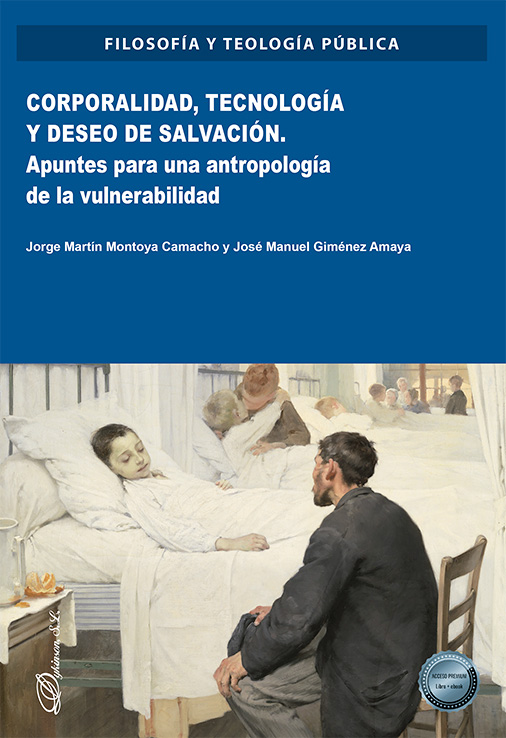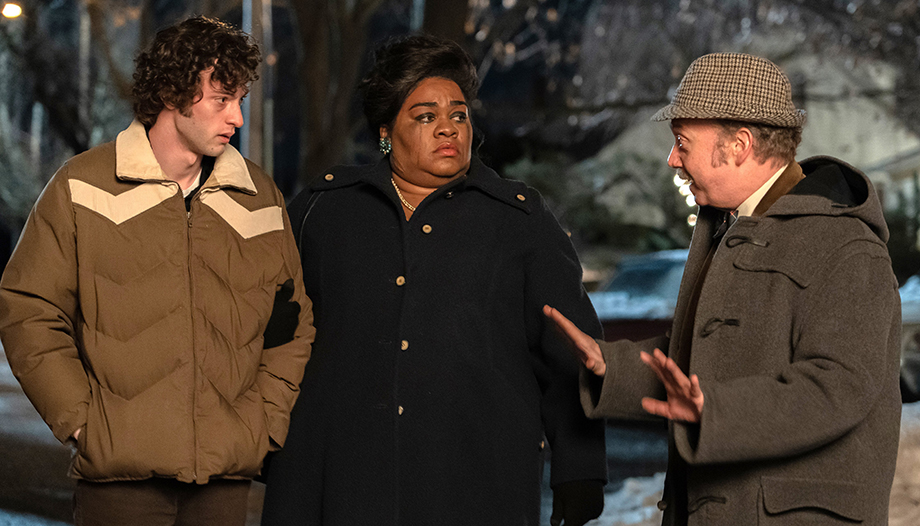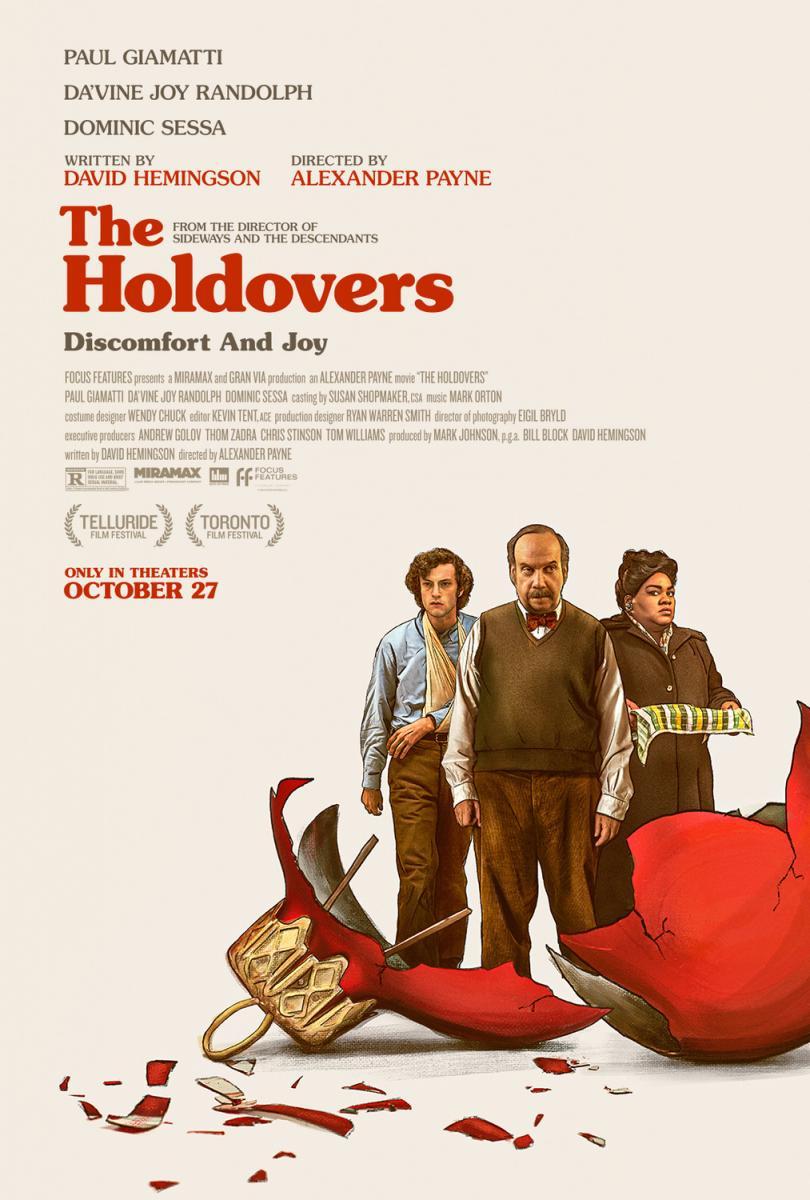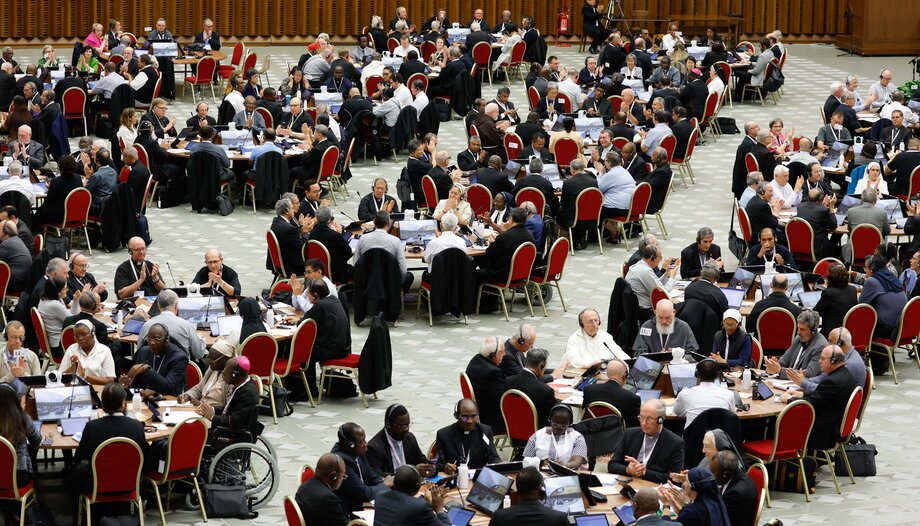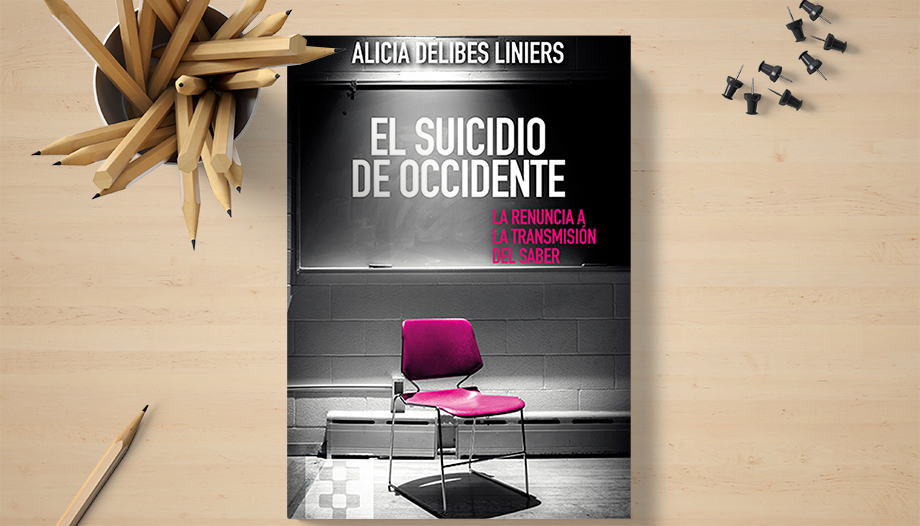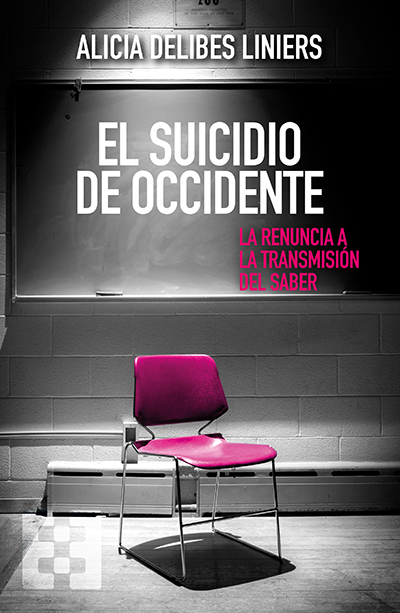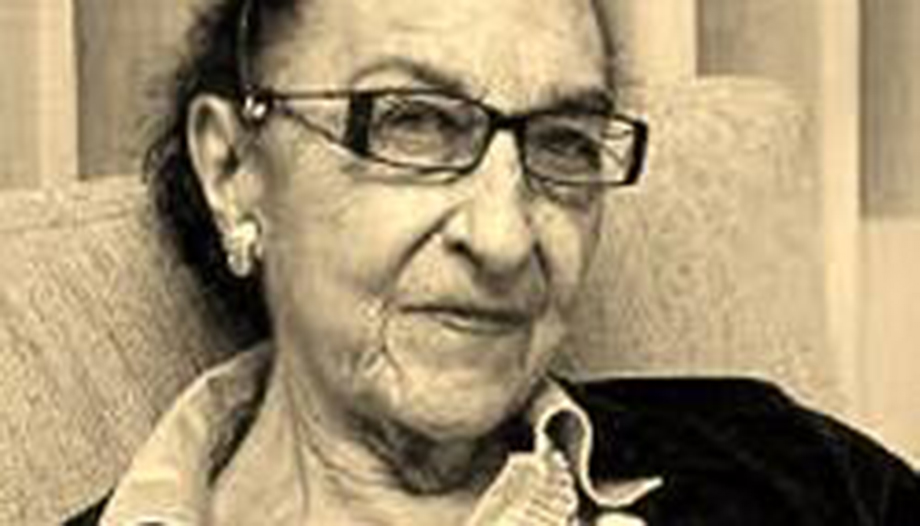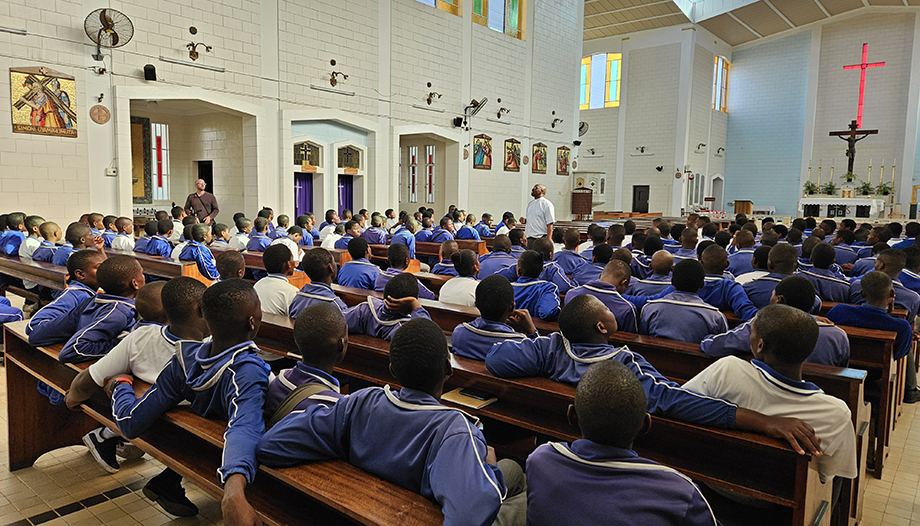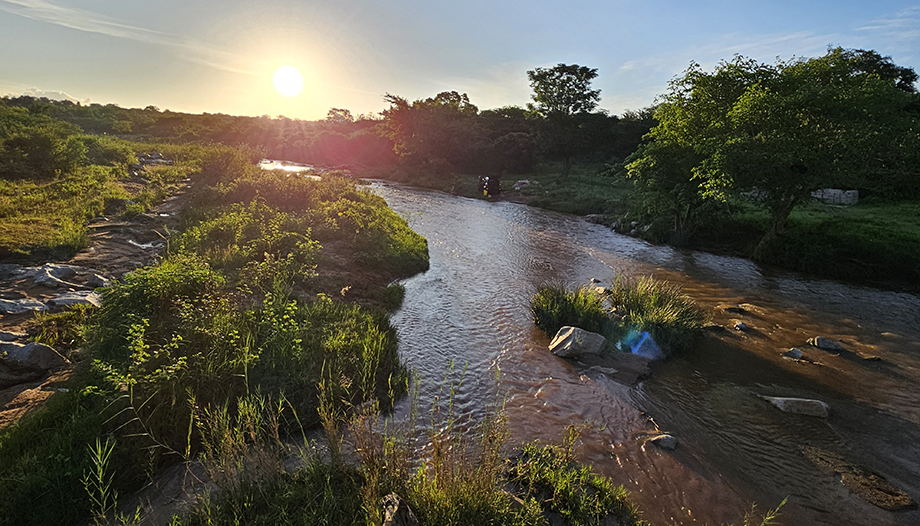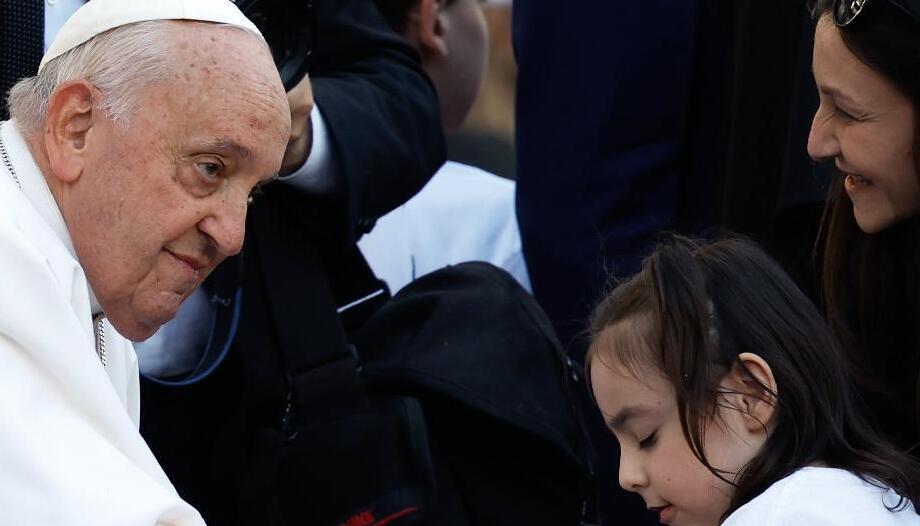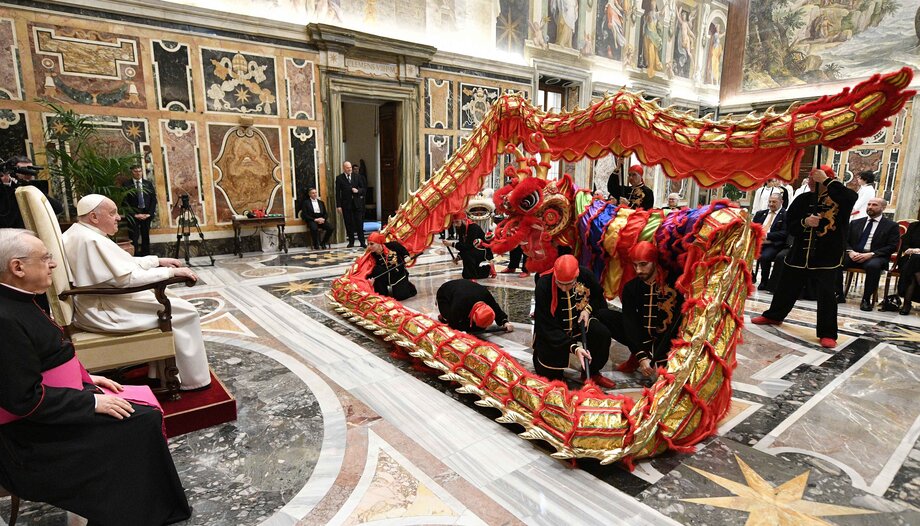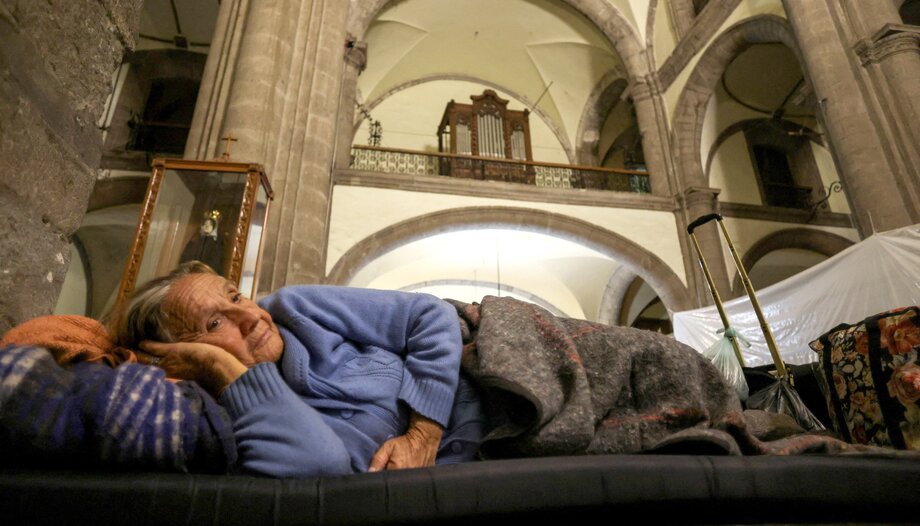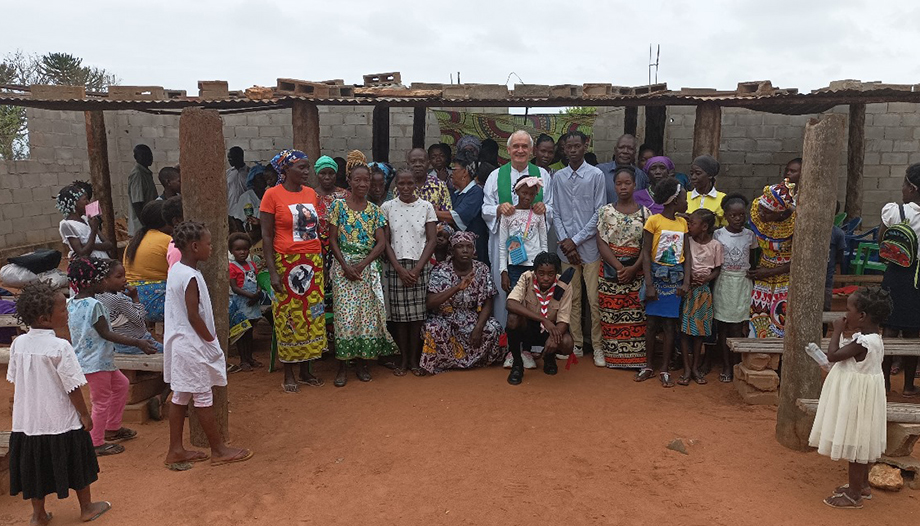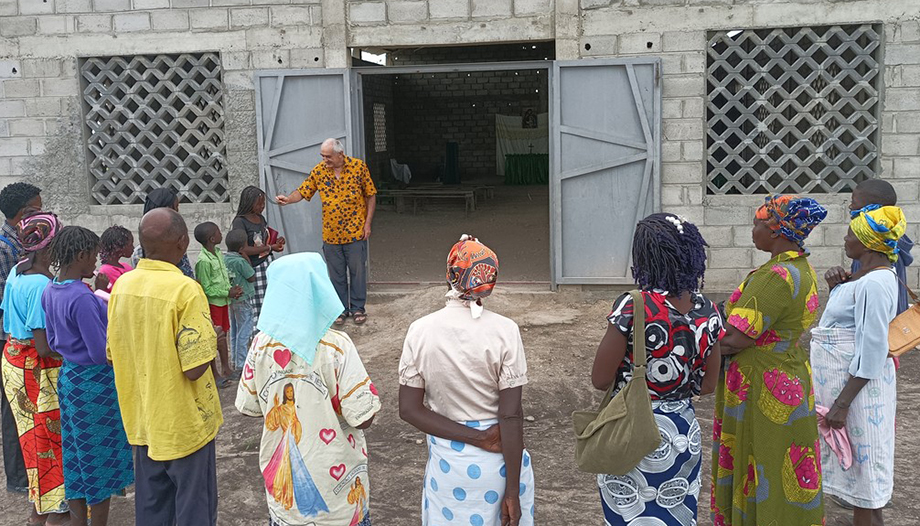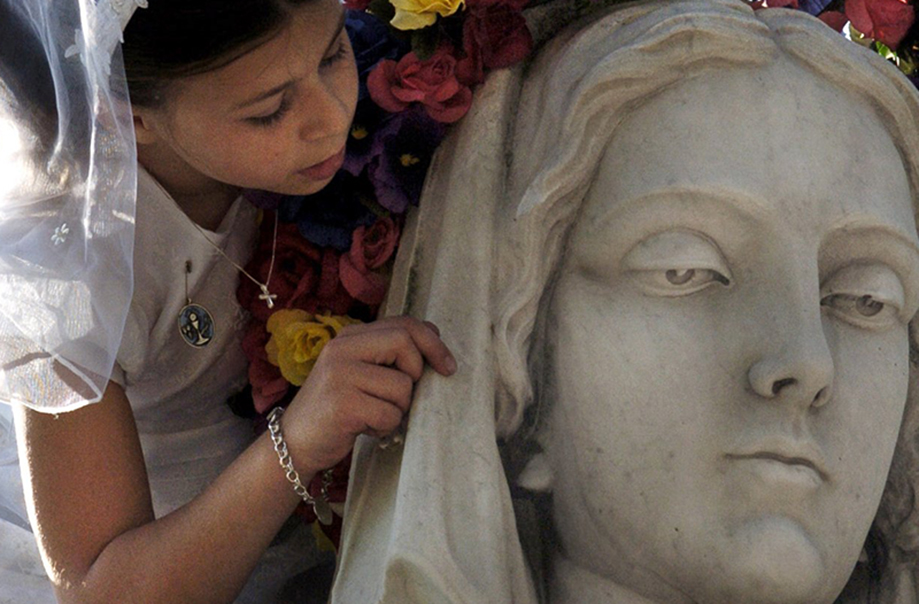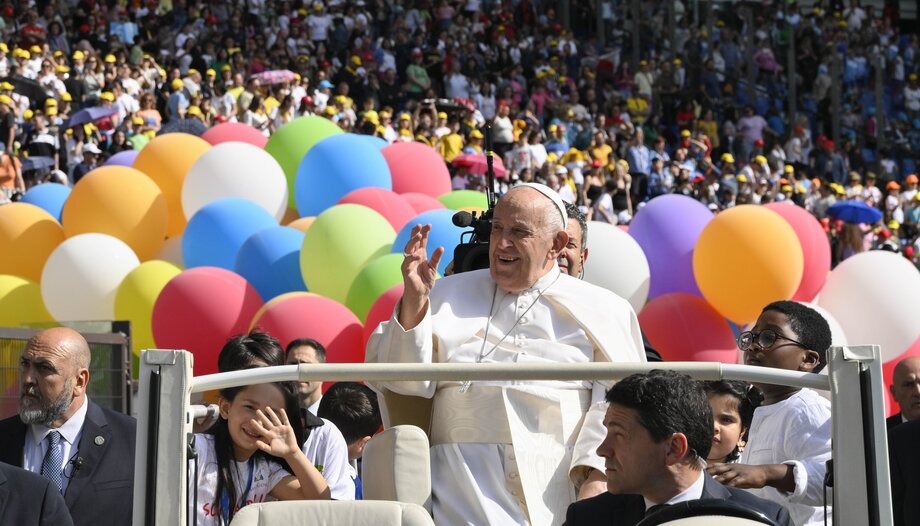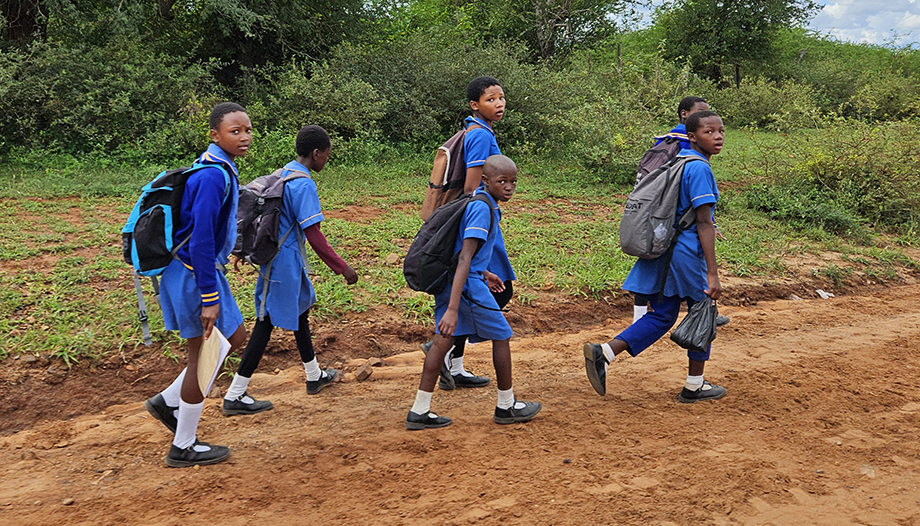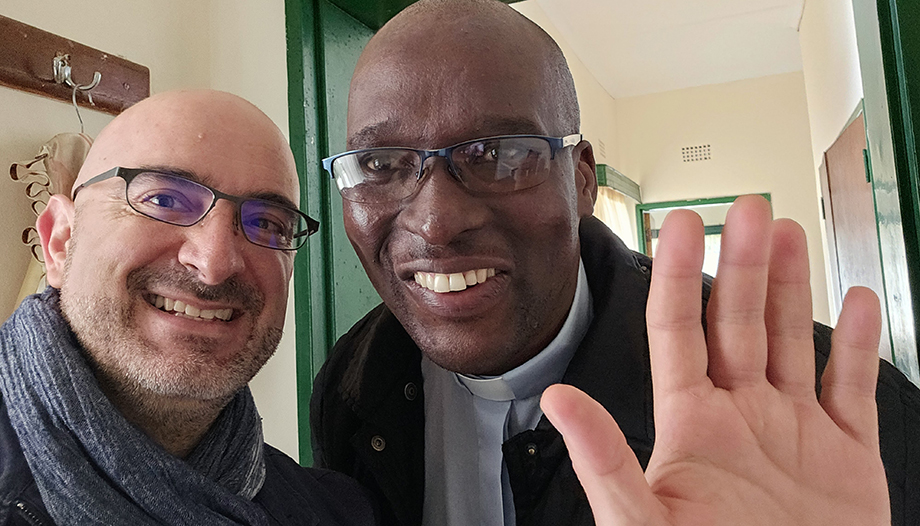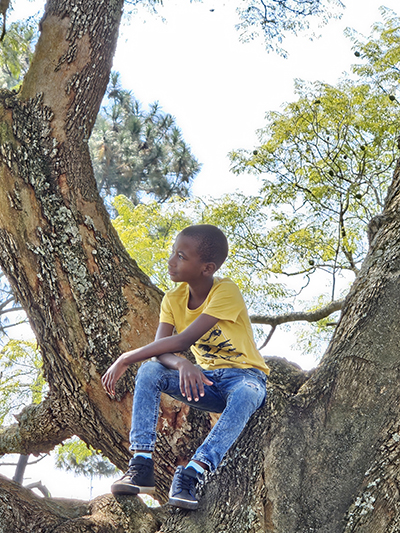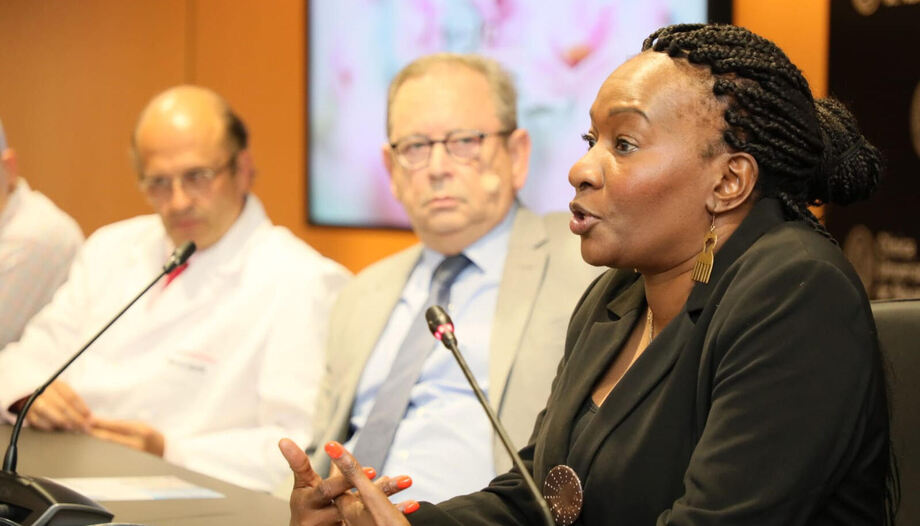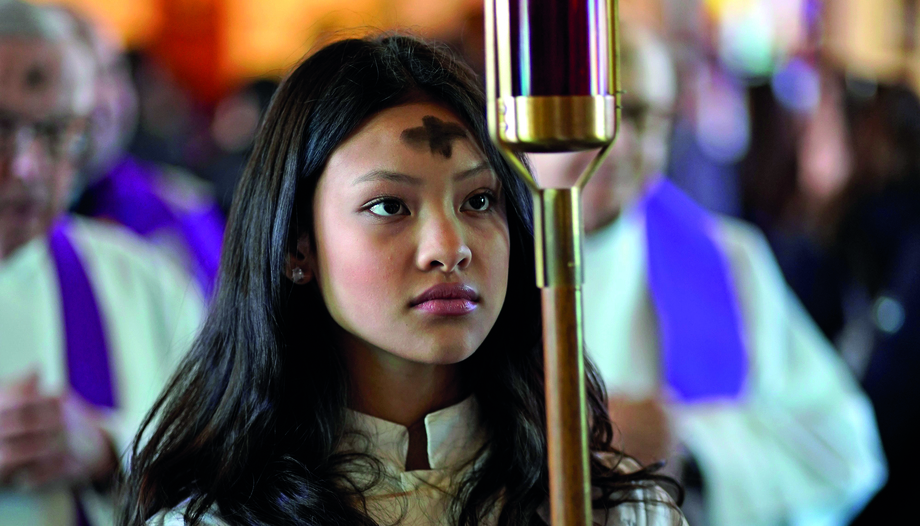One fact stands out before our eyes because of its inexorable evidence: in the Church the presence of women is far superior to that of men. At Sunday Mass, in catechesis, in consecrated life, the numbers are predominantly female. But another fact is also evident: in the Catholic Church, the higher positions of government and worship are filled exclusively by men. We could say, simplifying things a lot, that we find ourselves with a Church of women presided over by men.
In large part, the reason for this paradox can be centered on the reservation of the sacrament of Holy Orders to men, given that in the Catholic Church only those who have received it can preside at Eucharistic worship, can be named bishops or Popes. If we add to this the greater religious sensitivity of women, we understand the reason for this situation, whether we agree with it or not. In fact, it would seem logical that those who are more sensitive to religious matters should be in charge of religious matters. Shouldn't we change the current praxis?
An articulate panorama thus emerges, which I will try to clarify, first framing the terms of the debate, then explaining the arguments of Catholic theology, and finally adding some considerations dictated more by rationality and common sense than by dogmatics.
The context of the debate
The reservation of the ministerial priesthood exclusively to men enjoyed peaceful acceptance throughout the life of the Church until, in the twentieth century, it was the focus of numerous attacks that, even today, animate the debate on the subject. It is argued that the progressive parity of women's rights with men in the political, business, sporting, military, cultural and other fields should also be reflected in the Church.
Unsurprisingly, the pressure in favor of the female priesthood comes largely from exponents of the radical feminist movement, who consider the reservation of the priesthood to men as a form of discrimination against women, which should be eliminated. According to the interpretation of the egalitarian current of thought of this movement, the current practice would clash with Gal 3:28 ("There is neither Jew nor Greek, there is neither slave nor free, there is neither male nor female, for you are all one in Christ Jesus"), and would therefore be the result of a patriarchal anthropology, today obsolete and unsustainable.
The call to abolish all forms of discrimination, as proclaimed by the Constitution "Gaudium et spes"The Second Vatican Council, n. 29 ("every form of discrimination in the fundamental rights of the person, whether social or cultural, on grounds of sex, race, color, social status, language or religion, must be overcome and eliminated as contrary to the divine plan") would have inaugurated a new era in the Church, in which men and women would have the same rights also with regard to the ordained ministry.
There are also ecumenical reasons for this reflection, since in many Christian confessions (and in some non-Christian religions, such as Judaism), this reservation no longer exists. The situation has become even more complicated in recent years with the spread of gender ideology. If sexual identity is thought of as an exclusive matter of personal choice, not necessarily determined by the biological constitution with which one is born, we can hardly consider it as a sine qua non condition for access to or exclusion from the priesthood.
The priesthood in Catholic theology
The first thing to keep in mind is that the foundations of the exclusively male priesthood are neither anthropological (a supposed superiority of men) nor "strategic" (a supposed greater autonomy), but come from revelation, in the strong sense of the concept: God has revealed, has established and has given us the ministerial priesthood in a masculine form, not feminine, and therefore the Church does not consider herself authorized to change this disposition, admitting women to priestly ordination.
We find this revelation more in gestures than in words. In fact, the twelve apostles, whom Jesus chose to make them sharers in his priesthood, were men, not women. When the apostles in turn sacramentally ordained the next generation, they felt bound to this way of proceeding of the Lord, and chose male candidates.
The irreformable character of the link between the priesthood and the male condition was well rooted from the beginning in the Church's self-awareness; when, in the first centuries of Christianity, sects arose that wanted to entrust the exercise of the priestly ministry to women, they were immediately rebuked by the Fathers and denounced as heresies, as is shown by numerous texts of St. Irenaeus, Tertullian and St. Epiphanius. The same thing happened in the following centuries: the Church considered it a binding apostolic praxis.
It could be argued, of course, that this praxis was conditioned by the circumstances of the time, in which the figure of women had little public relevance and was seen in a subordinate position. It should be remembered, however, that Jesus did not allow himself to be conditioned by the cultural customs of the time, but openly challenged them, also with regard to women: he spoke freely with them, he gave them as an example in the parables, he granted them equal rights with respect to marriage, he welcomed sinners, etc.
The apostles, for their part, did not relent on this issue either when evangelization expanded outside the Semitic sphere into the Greek and then Roman world, where, because of the existence of pagan priestesses, the presence of "Christian priestesses" would not have scandalized.
The other strong argument of revelation, actually a premise of the previous one, is that the Son of God became incarnate by taking on a sexed human nature in a masculine, not feminine, way, and it is the virtue of that human nature, instrument of the divine, which is made sacramentally present in the candidate when he is ordained priest. This is a direct consequence of the dogmatic theology of the "repraesentatio Christi Capitis" and of the "in persona Christi" at the basis of the sacrament of Orders.
In short, the masculine human nature of Jesus Christ is sacramentally "prolonged" in a "support" that must necessarily be masculine in order to be a valid support. Let us not forget that the incarnation of the Son of God does not end with his Ascension to heaven: Jesus Christ was male and continues to be male.
It is true that the New Testament does not explicitly address the question of the non-admission of women to the priesthood. But the great scholarly exegetes on the subject, such as Albert Vanhoye, consider it an anachronism to demand this from the biblical data alone; they serenely examine the whole of the New Testament texts and conclude by bringing to light, on the one hand, the extreme importance that these writings give to the priestly ministry, and at the same time show how the ancient ecclesial tradition on the reservation of sacred orders to men is in a relationship of continuity with the biblical data. Indeed, it is revelation as a whole - the New Testament data read in the light of the living tradition of the Church - that translates into ecclesial faith regarding the valid subject of the ministerial priesthood.
The Church officially affirmed this doctrine in a document issued by the Congregation for the Doctrine of the Faith (now the Dicastery) on October 15, 1976, the Declaration "Inter insigniores". A few years later, "to clear up any doubts on a question of great importance, which concerns the divine constitution of the Church herself", St. John Paul II reaffirmed in the Apostolic Letter "Ordinatio sacerdotalis"(May 22, 1994) "that the Church has in no way the faculty to confer priestly ordination on women and that this sentence must be considered definitive by all the faithful". According to a declaration of the same Congregation for the Doctrine of the Faith, published a year later, this doctrine "requires a definitive assent" because "it has been infallibly proposed by the ordinary and universal magisterium".
Female Diaconate
A reference to the "female diaconate" cannot be omitted here, in the limited space available. The reasons why the Church reserves the ministerial priesthood (episcopate and presbyterate) to men are not immediately applicable to the diaconate, since deacons do not act "in persona Christi".
If we add to this the historical fact of the existence of deaconesses in the Church of the first millennium, especially in the Eastern sphere, the question arises spontaneously as to why we cannot have them now.
Very briefly, we can make three considerations here. On the one hand, it is not clear that the "deaconesses" of the first millennium are comparable to what today we call diaconate: the fact that they were called deaconesses does not necessarily indicate a ministry identical to what today we call diaconate in the strict theological sense.
Moreover, the historical-liturgical sources testify that the functions of the deaconesses were not the same as those of their deacon peers: these preach, baptize, bless, distribute communion, things forbidden to those, whose functions are limited to assisting the presbyters and bishops in that which, for reasons of modesty, would be unseemly to be performed by men, such as, for example, baptism by immersion of adult women or the anointings proper to the rites of Christian initiation, even more so in a social context where the separation between men and women was stricter than today.
A document of the International Theological Commission of 2003, entitled "The Diaconate: Evolution and Perspectives", moves in this direction. Let us not forget, finally, that the identification of the theological identity of the diaconate is still in a germinal phase, because for many centuries it was considered only as a "stepping stone" to the presbyterate.
It is therefore not prudent to make definitive decisions now, and that is why the Church is limiting herself, for the time being, to maintaining the current praxis as something disciplinary, waiting for the moment when dogmatic theology and then the magisterium will make a definitive pronouncement.
A commission instituted "ad hoc" by Pope Francis for the specific study of this topic concluded its sessions in 2018 without reaching satisfactory results. Two years later a new commission was instituted with the same objective, which is still working. The theme is also present, although without convergence, in the summary report of the first session of the XVI Ordinary General Assembly of the Synod of Bishops, still in progress (n. 9).
At the present time, can. 1024 of the Code of Canon Law is in force, which says: "Only the baptized male receives sacred ordination validly", and this applies to the three degrees of sacred orders: episcopate, presbyterate and diaconate. The same indication is found in can. 754 of the Code of Canons of the Eastern Churches.
Attitudes toward the priesthood and the diaconate
It is important to keep in mind that, to a very large extent, the discussion on this topic does not take place in the sphere of Catholic dogmatics, but in areas of a more existential nature, or of approaches to the redefinition of the priesthood. Indeed, if I shift the epicenter of the ministerial priesthood from sacramental worship to the ministry of preaching (as happens in the Protestant world), it is more difficult to explain why a woman could not do it, since, strictly speaking, preaching is not exercised "in persona Christi".
Sadly, the air one breathes in the debates on our theme often smacks of power optics: one wishes to command, and since it was the apostles to whom Jesus said: "you who have followed me will sit on twelve thrones to judge the twelve tribes of Israel" (Mt 19:28), one aspires to sacramental ordination in order to "inherit" this attribution. We forget - this is true for both men and women, perhaps more so for men ordained as priests - that the priesthood is a "ministerial" priesthood, that is, a priesthood to serve.
The priestly vocation is a vocation to service, even if at times this service is carried out from positions of government, and even if being ordained always entails belonging to the hierarchy. Those who do so only in view of power should not really be ordained. Here again we find an endemic pathology that is difficult to eradicate: clericalism, which affects clerics with a "caste mentality" and "careerist" greed, but also, paradoxically, those who would like to be clerics in order to participate in power.
Finally, on the question of rights (why can a man be ordained and a woman cannot?) we must remember something very elementary and at the same time very important: a woman does not have the right to receive holy orders for the same reasons that a man does not have the right to receive holy orders. This right does not exist: neither for men nor for women. It is a purely gratuitous gift, not derived from the baptismal condition, even if it presupposes it.
These considerations cannot be closed without mentioning the imperative need to eliminate from the Church the "macho" praxis and attitudes, pardon the expression. Women can and should occupy many more spaces in the Church: in teaching at all levels, in the administration of goods, in justice, in works of charity, in pastoral councils, in the organization, and in so many others; but access to the sacrament of Orders is not the indicated path, nor the valid one, nor the opportune one. May God grant that the topic may find a rational and serene reflection, leaving aside ideological approaches and preconceived positions.
The authorPhilip GoyretProfessor of Ecclesiology at the University of the Holy Cross.
 Why get married? Christian marriage in the 21st century
Why get married? Christian marriage in the 21st century Cédric and Sophie Barut, the testimony of an "unusual" marriage
Cédric and Sophie Barut, the testimony of an "unusual" marriage










